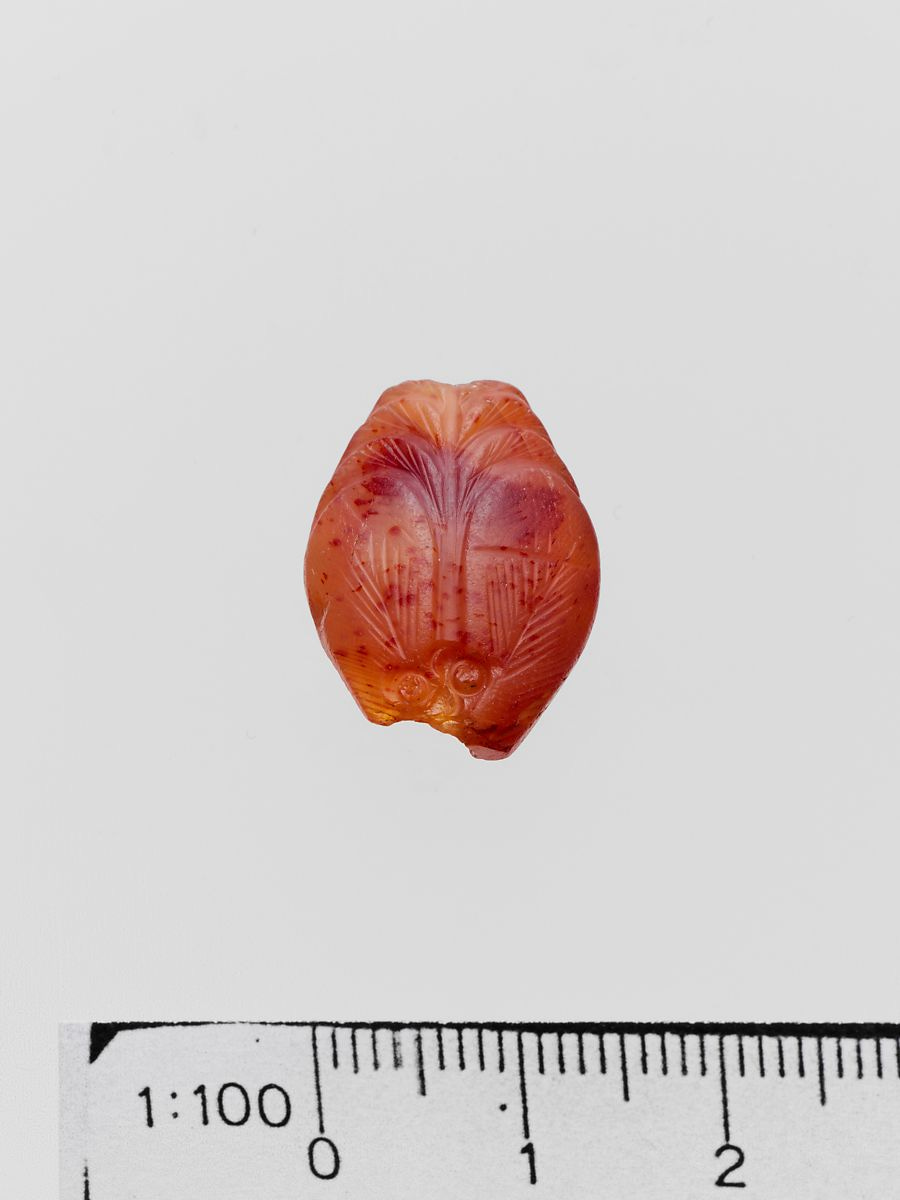#64. PALM / PALMERA
When you hold a tiger's tail, you can't let it go / Quan estires la cua d'un tigre, no la pots deixar anar
WHAT IS LOST
I wonder where my life is, the one that could
have been and never was, the daring one
or the one of gloomy dread, that other thing
which could as well have been the sword or shield
but never was? I wonder where is my lost
Persian or Norwegian ancestor,
where is the chance of my not being blind,
where is the anchor, the ocean, where the forgetting
to be who I am? I wonder where the pure
night is that the unlettered working day
entrusts to the rough laborer so that he
can also feel the love of literature.
I also think about a certain mate
who waited for me once, perhaps still waits.
Jorge Luis Borges (translated by Stephen Kessler)
PALM
The date palm was the sacred tree of the Mesopotamian civilizations, and it may have been the prototype that inspired the Biblical Tree of Life in the Garden of Eden. In the Bible it represents a symbol of justice and it is rich in divine blessings. The palm was later part of Christian history and the arrival of Jesus in Jerusalem is received with a crowd of people waving palm leaves that would become the Palm Sunday ritual. In Hindu iconography, images of palm trees appear in jewelry and personal ornaments related to passion and sexual union of lovers: the trunk represents the lingam and the leaves, the yoni. The palm is the oasis tree, it embodies redemption and compassion for suffering after a long journey in the desert and the happiness for drinking revitalizing water. Lifting the palm of the hand was the Egyptian sign of triumph and rebirth, today we use the gesture to greet us. In ancient Egypt, it was common to leave food extracted from palm trees in graves to accompany the deceased: palms received the dead in the afterlife and represented a victorious resurrection. The palm tree was the sacred tree of the terrestrial goddesses Nut and Hathor.
"When you hold a tiger's tail, you can't let it go, you have to go to the end, if not you’ll be eaten by the tiger.”
Kim Tschang Yeul
LO PERDIDO
¿Dónde estará mi vida, la que pudo
haber sido y no fue, la venturosa
o la de triste horror, esa otra cosa
que pudo ser la espada o el escudo
y que no fue? ¿Dónde estará el perdido
antepasado persa o el noruego,
dónde el azar de no quedarme ciego,
dónde el ancla y el mar, dónde el olvido
de ser quien soy? ¿Dónde estará la pura
noche que al rudo labrador confía
el iletrado y laborioso día,
según lo quiere la literatura?
Pienso también en esa compañera
que me esperaba, y que tal vez me espera.
Jorge Luis Borges
PALMERA
La palmera datilera era l’arbre sagrat de les civilitzacions de Mesopotàmia i podria ser que fos el prototip que va inspirar l'Arbre de la Vida bíblic del jardí de l’Edèn. A la Bíblia representa un símbol de justícia i ric en benediccions divines. Més endavant va entrar en la història cristiana i l’arribada de Jesús a Jerusalem és rebuda amb una multitud de persones onejant fulles de palmera que es convertiria en el ritual del Diumenge de Rams. En la iconografia hindú apareixen imatges de palmeres en joies i ornaments personals relacionats amb l’amor passional i la unió sexual dels amants: el tronc representa el lingam i les fulles, el yoni. La palmera és l'arbre de l'oasi del desert, encarna la redempció i la compassió pel patiment després d’una llarga travessa i la felicitat per beure l'aigua revitalitzadora. Aixecar el palmell de la mà era el signe egipci del triomf i del renaixement, avui fem servir el gest per saludar-nos. A l’antic Egipte era habitual deixar aliments extrets de les palmeres a les tombes per acompanyar els difunts: les palmeres rebien els morts en el més enllà i representaven una ressurrecció victoriosa. La palmera era l’arbre sagrat de les deeses terrestres Nut i Hathor.
"Quan estires la cua d'un tigre no la pots deixar anar, has d'anar fins al final, si no acabes devorat pel tigre."
Kim Tschang Yeul








